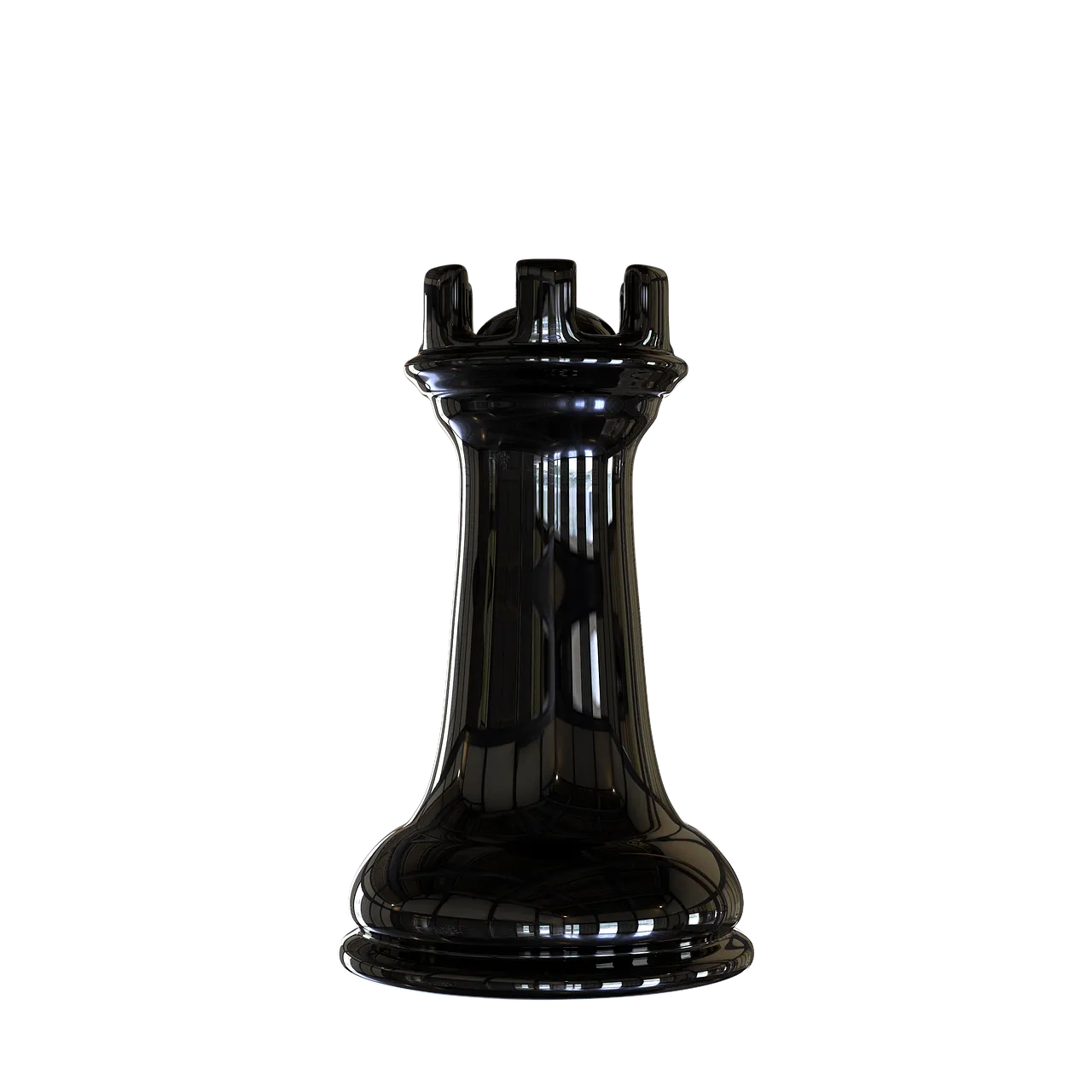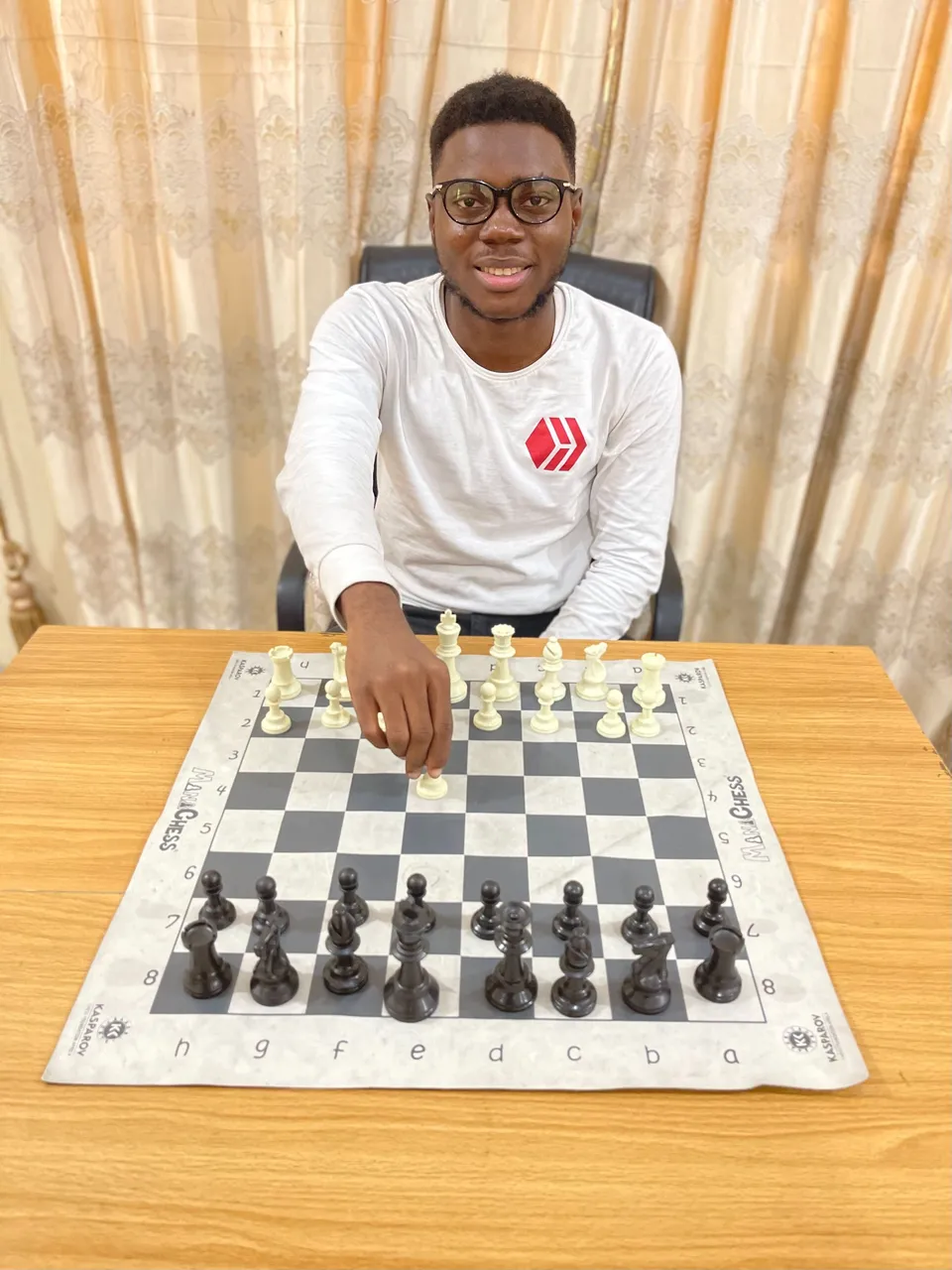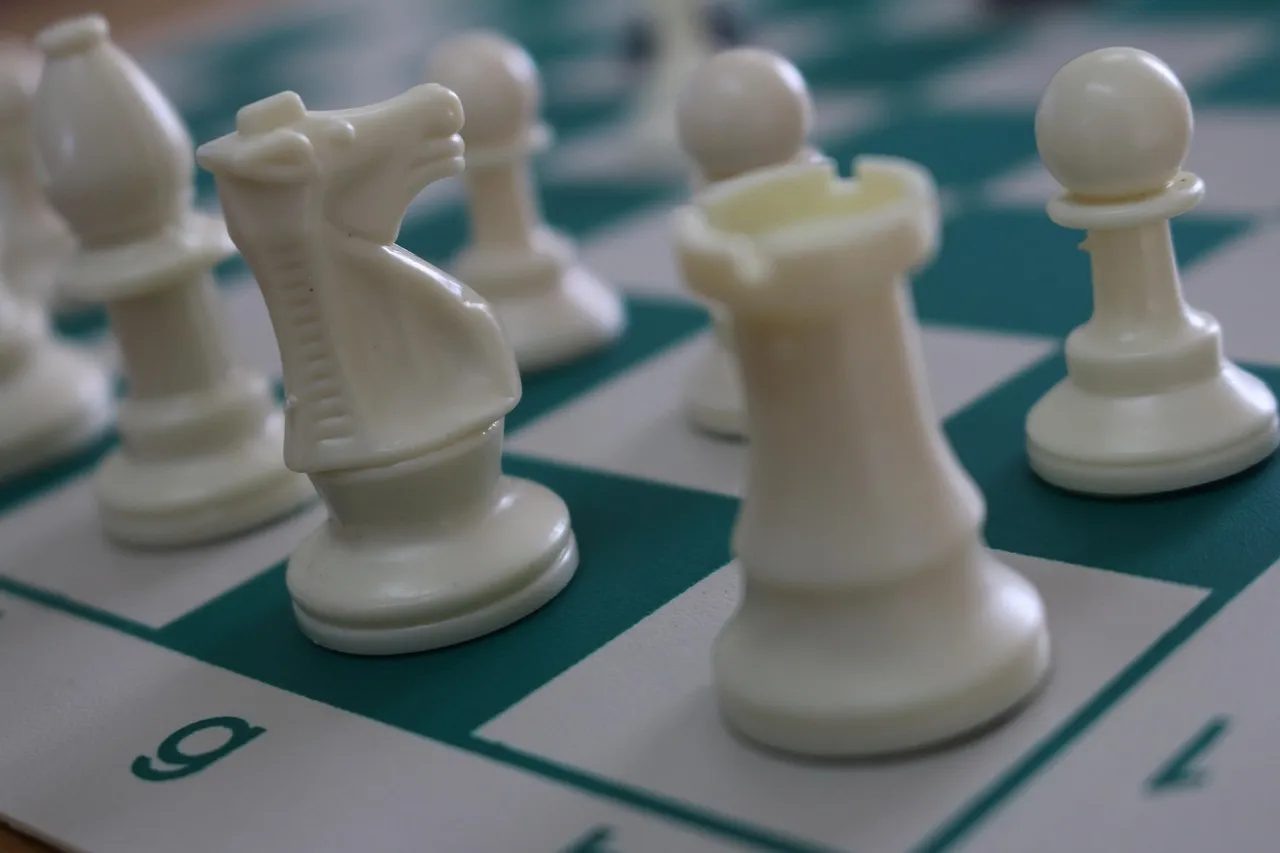In the advent of making learning chess simple, I mapped out a series of lessons, starting with the chessboard and pieces, down to the final lesson, and now we happen to be in a new lesson. So it gives me great joy when I say: we have gone through three pieces, the first one being the pawn, the second the bishop, the third the knight, and now we have landed on the fourth piece, the rook.
I can no longer hide it, but I feel excited by the consistency I have put into bringing up this learning chess series. What was once an idea in my head has come to fruition. I guess this is what it feels like to be a proud parent. Anyways, welcome to today's lesson. We are going to talk about the rook. As usual, check out the previous lesson to stay updated, and if you have missed more than the previous lesson, check my blog to catch up on all you missed when you can.
A castle has always been like a big fortress filled with an arsenal of weapons, guards, rooms, and other things installed for the safety and comfort of the king and his royal family. A typical example is the British royal family, they live in a castle which I guess will be filled up with maids, housekeepers, guards, and any other thing they might need to make their lives better and safer. But one resounding question I have always had at the back of my mind is, why do guards at Buckingham Palace, with their long black hats and holding their long guns, stand still at their station?
Over time, I have concluded they are simply doing their job, and that job comes with a description of standing still at your station. Well, what I am trying to say with my illustration of a castle with a fortress and guards doing their jobs is that there is not much difference between this illustration and the role of the rook on the chessboard. The rook's main job is to safeguard the kingdom and, in this case, the king. This simple task of the rook can come in different forms. It may be in the form of protection or going out there to fight for the kingdom's interest.
The Rook

The movement and capturing with the rook are easy, it involves moving vertically, that is, up or down, and moving horizontally, left or right. The same way a rook moves is the same way it captures. There you have it. It is that simple, just think of your vertical and horizontal lines whenever you want to move or capture with the rook. Also, I have attached a helpful video as usual for better understanding, and do not forget the comment section is open for any questions or issues you may have. @rodrook might be open to answering any questions as regards his favorite chess piece THE ROOK!
Get busy learning, as that is the best way to grow. See you in the next lesson.


I am @samostically,I love to talk and write about chess because i benefited alot from playing chess and I love writing about chess.
♟♟♟♟♟♟♟♟♟

